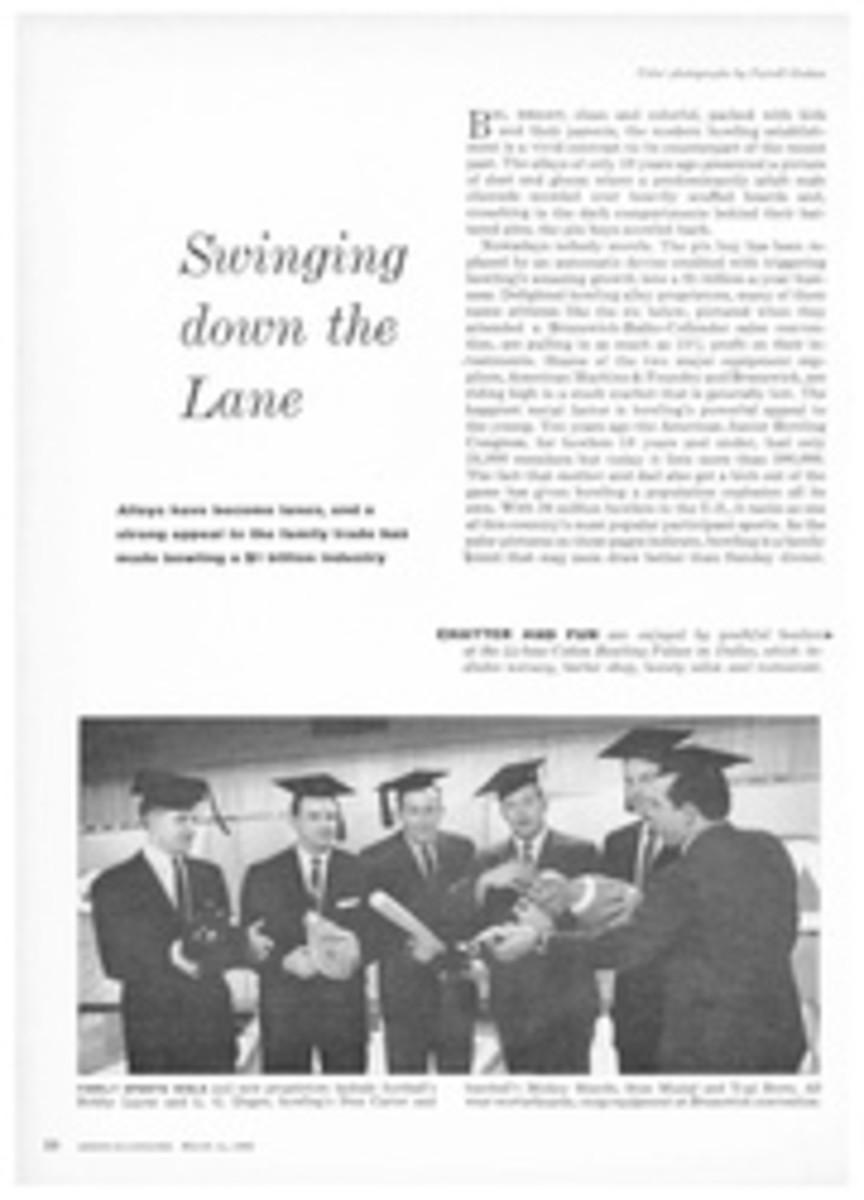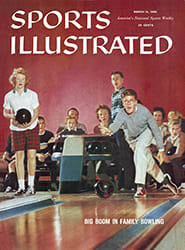
MEMO from the publisher
Not so long ago, if he wasn't going to be a locomotive engineer, I suppose in the heart of every American boy lay the wish to be a ballplayer. As he grew up and perhaps became neither, the thought then occurred that it wouldn't be bad to be a sportswriter, particularly at this time of year.
More than a few non-engineers on SPORTS ILLUSTRATED's staff are out now in behalf of the last alternative—Roy Terrell, Walter Bingham, Roger Williams and others—pushing the palm fronds out of the way in Florida, dodging Gila monsters in Arizona and, not incidentally, gathering spring training's news.
Just before that news takes over there seems to be a moment when baseball breathes deep and looks at where it is going in the coming season, and where it has been in the seasons past.
In the seasons since the war, although its geography has altered and the minor leagues have waned, nothing has so changed the professional game as the breaking of the color line. The place of the Negro in baseball is now taken for granted.
This is a fact with odd implications because there has been little or no reporting of what that place actually is. So next week, before actual play takes the spotlight, SPORTS ILLUSTRATED Writer Robert Boyle, who has been hard at work on the prospect all winter, makes his report—the first of its kind—on what it means to be a Negro in baseball. It is an account of what is probably the most interesting group in sports and_ of the groups within that group. It is an insight into a world not visible to the fan who looks at the playing field and, more than that, not visible to many of those upon it. It is a" perspective on men who live a private life in the public eye.
SPORTS ILLUSTRATED considers it one of the most important articles it has ever published.
It is also, I think you'll find, an example of what our editors and writers constantly seek—to add to the events of sport a depth of understanding which makes the score only the last chapter in a fully told story.
PHOTO
ROBERT BOYLE

